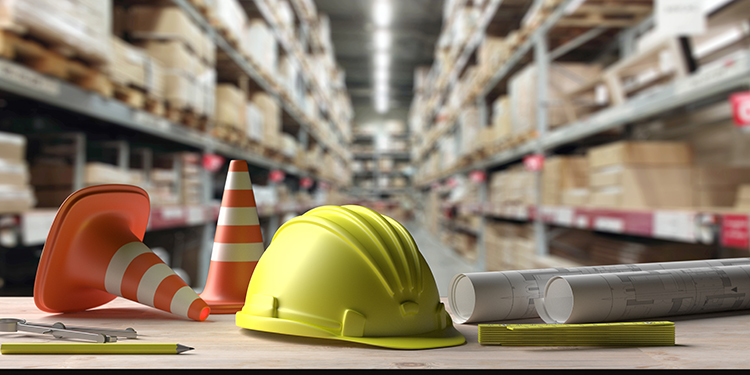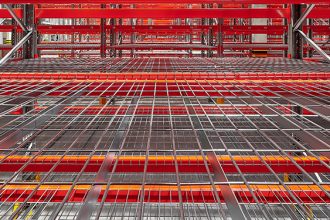Rack Inspections 101: Keeping your racks in top shape means performing inspections on a regular basis.

If you have racks in your warehouse or distribution center, then you need to inspect them periodically. Why? Any time you have humans working in and around racks, you have the potential for impacts and errors, leading to subsequent damage. Often, operators may not even realize they’ve made contact with the racks, leaving undetected damage behind.
How often you inspect your racks is dependent upon the type of racks you use and how you use them. For instance, a rack that workers access once per slot per day means a good deal of access, and that increases the chances for damage.
At the very least, you should perform a daily walk through the tunnels and have a look at the ends of aisles, where damage is most likely to occur. You can also add in a thorough weekly inspection of all aisles, or those with high traffic.
Who will complete the inspections is very individualized, depending on a company’s preferences. A good starting place is to work with your rack manufacturer to properly train your staff on inspections and what to look for. Not only are you looking for obvious damages like dents, but missing safety pins on beam connectors, for instance. This is where the trained eye becomes essential. At the very least, bring in a set of professional eyes on an annual basis for a top-to-bottom inspection.
If and when you find damage, your next step is to determine how much and what type. If there is extensive damage, your safest move is to isolate the racking and ask a specialist to come in to inspect the damage and make recommendations. Your original equipment manufacturer is a good source for this.
An expert can help you determine exactly what parts need to be replaced and with what. Many parts of racking are very specific and have exacting requirements. Swapping one part for another that isn’t an exact equivalent can have bad outcomes and each connection on a rack is proprietary. For instance, some of the three by three columns have different thicknesses with specific load tolerances. Swap in the wrong thickness three by three for a damaged three by three can make a big difference in the stability of your entire system.
Another factor to keep in mind is the age of your distribution center and the variety of systems within it. If you operate in an older facility, chances are you have many different racks of all ages, types and sizes. You likely do not have someone in house with enough knowledge of them all to make decisions. Here’s where reaching out to your OEM and consulting with the organization’s guidelines can be helpful.


